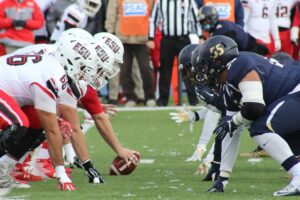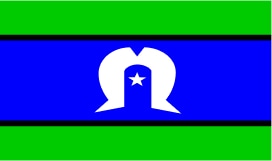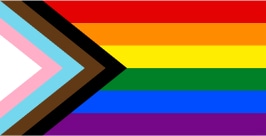Different Styles and Perspectives

The benefit of working as a team is not simply that “many hands make light work”. But it brings different perspectives and approaches to the tasks your team completes and problems they solve. An abundance of difference helps perpetuate innovation, breeds efficiency and quality through allowing different people’s strengths to complete each other’s deficiencies. It provides different lenses to viewing and solving problems limiting the times the team “might be out of ideas”. Uniformity in personality and styles promotes holes in team capabilities. If encouraged it can be a precursor to group think leaving the team vulnerable to not appropriately considering all options.
Though, of course, differences in a team can also diminish performance. If people aren’t able to look at colleagues with open mindedness (refer to December content), are driven by ego (refer to December content), or the team doesn’t have a clear goal or objective and what the purpose of achieving that goal is. Then differences can hijack communication and collaboration and deteriorate cohesiveness and action.
Below are the keys to utilising the inevitable differences in personality, styles and preferences that exits within any team to your advantage.
Don’t skimp on goal setting.
Getting everyone on the same page as to where the team is heading, what the objective is and why the team feels achieving this objective is important helps unite a team behind a common purpose. This reminds individuals that we may go about it differently but we are all here wanting to achieve the same thing. It may seem silly, or boring, or an overkill but trust us. This will help underpin and structure discussions and breed collaboration.
Openly discuss your differences and styles.
Reference back to the 4 continuums discussed in our previous blog (dated 6th of Jan). Have the team discuss where on these continuums they sit. Discuss how this might impact the way they operate, communicate, make decisions, think, and how this may impact the way they operate with other team members. This can help your team members to prepare for and utilise their differences when they “pop-up” in their team work.
As a leader, be aware of how differences in preference will impact your team member’s behaviour.
If someone is quiet in meetings are they disengaged? Or are they introverted, thinking through their opinion? Remember the old saying, that if you don’t know what an extrovert is thinking you haven’t listened, if you don’t know what an introvert is thinking you haven’t asked. Draw out the opinion of those quieter in meetings (introverts), respectfully ask the extroverts to hush up at times.
When discussing options, ask for people’s reasoning not just their answers.
This will show their priorities and emphasise the different preferences. It shows how the available information and objectives have interplayed to arrive at their conclusion. It will expose individuals to different perspectives and factors, not just the ones which play to their opinion/preferences. This will avoid group think and help ensure the team is not vulnerable to missing vital pieces of information.
Set your team and people up for success.
Assign tasks appropriately to team members which play to their strengths. We will speak more about this topic in our next blog (Title: setting people up for success). However, where tasks require imagination, foresight, and consideration of possibilities. Assign the tasks to those in your team more aligned with the intuitive side of the sensing – intuitive continuum. Once the vision has been set, get the sensing people to draw out the game plan of how this vision can actually be achieved. Don’t send your introvert team member out to “rev up the team”, leave that to one of the extrovert. However, if want to ensure that all ideas have been heard and considered, ask the introverts what they’ve taken away from the conversation to ensure nothing has been missed.
Therefore…

Our preferences and differences are like writing with our preferred hand vs non-preferred hands. Introverts can get up and talk in front of big crowds, but it’s not preferred. Intuitive people can work methodically through detailed tasks, but are much better at and motivated by being given room to think and come up with ideas. Helping your team to effectively utilise these differences is about being aware of them, planning for them and ensuring differences in style and opinion as viewed as opportunity not subordination.
Hence, if you wish to learn more about factor 5 in particular make sure you download our next blog!




